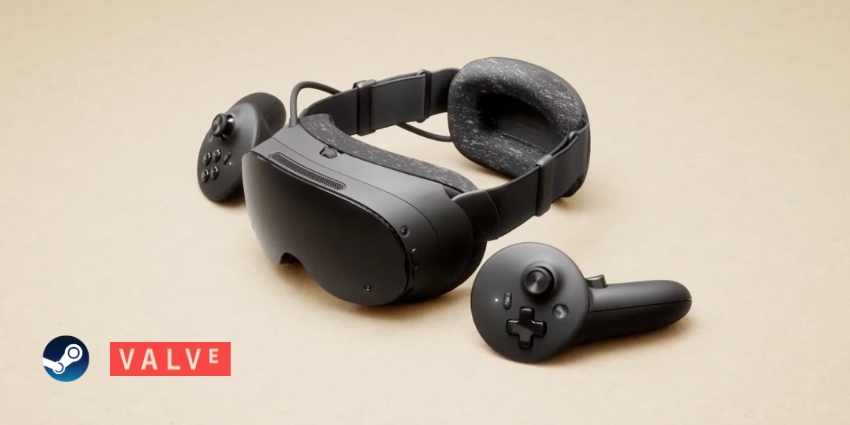This week, XR headset vendor PICO introduced the integration of NVIDIA GeForce NOW into its portfolio of headsets, marking a step toward XR streaming for broad enterprise and consumer use. The move allows headset users to stream immersive content and applications directly to a headset without wire tethering, therefore broadening the scale of services the headset portfolio can run and access.
Originally announced at CES 2025, the NVIDIA GeForce NOW integration is now available across all of PICO’s headsets, including its latest PICO 4 ultra MR headset. This collaboration “sets a new standard for immersive, future-ready entertainment,” says Phil Eisler, the VP of GeForce NOW at NVIDIA.
While the move is focused on consumer use cases, namely gaming, the NVIDIA GeForce NOW integration highlights an important industry-wide step towards adopting XR streaming platforms.
For professionals, firms like HoloLight are helping lead this revolution—an NVIDIA Omniverse partner in its own right. However, seeing XR streaming reach widespread audiences only strengthens and broadens the mainstream optics of leveraging large-scale XR content libraries without requiring intensive computing power or storage space. Technology adoption can start at home for many business leaders, and seeing NVIDIA GeForce NOW appear on PICO headsets only fuels support for such XR-parallel technologies in the workplace, therefore driving AR/VR/MR adoption.
Jessie Zhang, Head of Partnerships at PICO, also added:
Our integration of GeForce NOW underscores PICO’s commitment to expanding our library of content and providing the best possible gaming experiences. This latest work eliminates the hardware barrier and delivers an incredible library of games to our platform, making PICO headsets an ideal destination for immersive entertainment.
More on NVIDIA XR Streaming for Professionals
On the enterprise side, recent innovations in XR streaming arrived at CES via Innoactive and NVIDIA. Innoactive announced a new product partnership with Apple and NVIDIA to introduce a streaming service that connects NVIDIA Omniverse and the Apple Vision Pro headset. This collaboration enables NVIDIA Omniverse developers to stream their Universal Scene Description (OpenUSD) workflows directly to the Apple Vision Pro.
The announcement at CES this week highlights NVIDIA’s spatial streaming capabilities for Omniverse, aiming to foster industry-wide advancements in immersive streaming technology. This technology allows headsets to display high-quality 3D models and experiences, representing a significant leap forward for the industry. As wireless streaming continues to grow, the ability to stream complex services onto smaller devices could lead to transformative changes in the AR, VR, and MR hardware market.
The streaming platform also supports digital twin-related workflows for Apple Vision Pro devices, aligning with NVIDIA’s use of Apple products in its simulation and robotics sectors. Additionally, Innoactive introduced hybrid rendering, combining local and remote rendering. This enables NVIDIA developers to create fully interactive experiences within Apple SwiftUI or Reality Kit applications.
Other features of the new streaming platform include streamlined access to immersive 3D environments, browser streaming, standard VR headset streaming, on-demand cloud tools, robust enterprise-grade security measures, and support for NVIDIA accelerated computing technology. Innoactive is actively working to deploy its Vision Pro-ready solutions in professional environments, including collaborations with the automotive firm Volkswagen Group and healthcare leaders Syntegon.







